
JIA is a short name for Juvenile idiopathic arthritis is the most common type of arthritis in children. Arthritis is an inflammation of the joints that often causes a lot of pain and stiffness. Juvenile idiopathic arthritis is typically diagnosed in children, and it largely differs from arthritis seen in adults. This autoimmune disorder affects the body for yet unknown reasons. The disease occurs when the body’s own immune system starts to attack its own cells and tissues, as if they were some foreign intruder.
Types of juvenile idiopathic arthritis
Juvenile idiopathic arthritis comes in three different forms. The exact diagnosis is established according to the symptoms and blood test. The most common type of JIA is known as Oligoarticular JIA. This type of JIA is characterized by inflammation of four joints or fewer. In most cases, joints are swollen and painful and eyes can also be affected. Sometimes people refer to this type of JIA as to pauciarticular arthritis.Polyarticular JIA is another type of juvenile idiopathic arthritis. It affects at least five joints and spreads quickly. Children affected with this type of JIA feel general malaise and may suffer from fever, also.
Systemic onset JIA is the most severe type of juvenile idiopathic arthritis. It affects the whole body and causes fever, rashes and inflammation of the joints. Most of the little patients are diagnosed before the age of five.
Therapy for juvenile idiopathic arthritis
Treatment of juvenile idiopathic arthritis should start as soon as the condition is diagnosed. Timely treatment can make a major difference in the quality of patient’s life and help to reduce the risk of damage to the joints. Treatment is usually focused on control of pain and inflammation. Steroids are often used as well as immune-system suppressants. Medical treatment is just a smaller part of the management process, which also includes help on many different levels.
Children will also need help from a rheumatologist, occupational therapist (OT), physical therapist, nurse and social worker, since the important part of the treatment involves helping the children regain the normal level of physical and social activities. Occupational therapy may sometimes even include changes to the child’s home and providing the child and their family with support and education about the disease.
Children will also learn many strategies to maintain normal self-care and be independent in as many as possible activities. For example, children will learn strategies to complete their dressing routine, bathing, tooth brushing, etc.


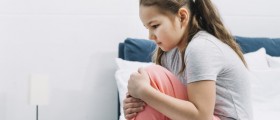

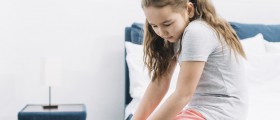
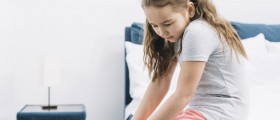
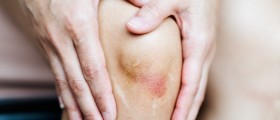
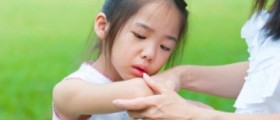








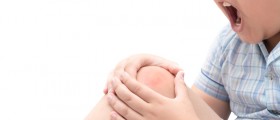
Your thoughts on this
Loading...